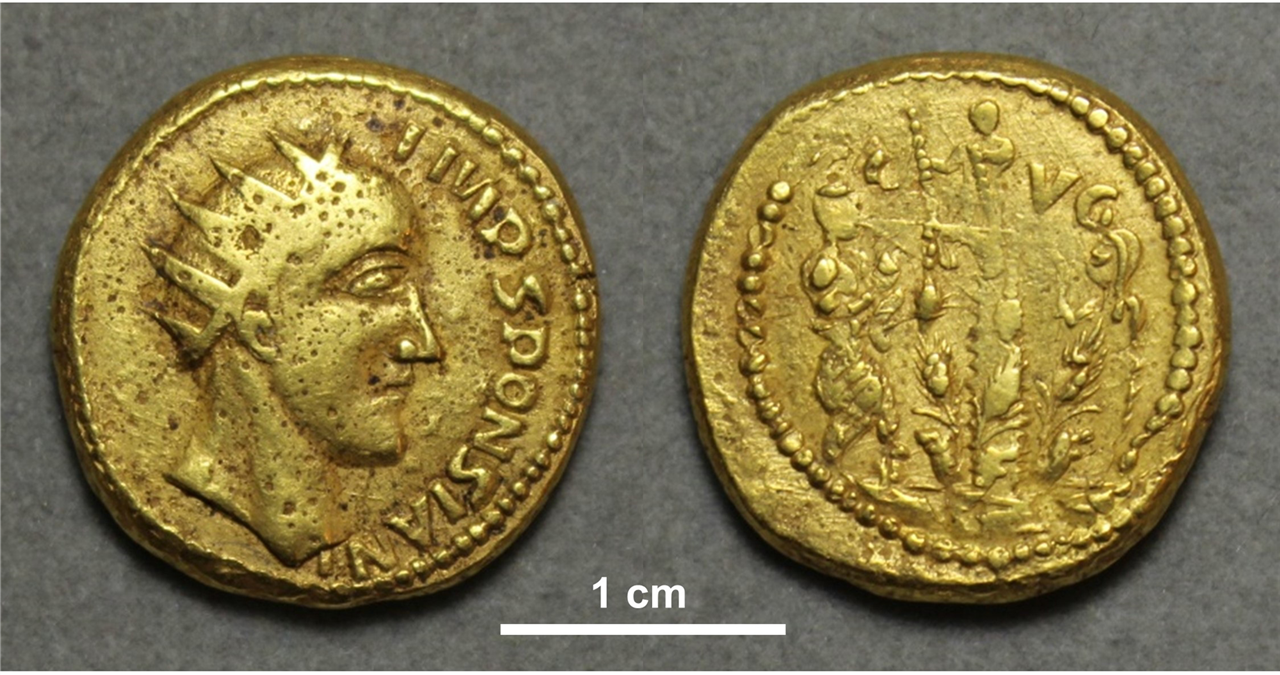
- Transylvania (current Romania), 1713. They discovered a Roman gold coin, an austerity. Not having the same purity as the Roman Augustus, they also thought it could be false, and the coin has remained at the Hunterian Museum at the University of Glasgow for 300 years, almost forgotten in a collection of numismatics.

But recently researchers at University College London have looked at the piece and have seen in the coin a name clearly not on the list of Roman emperors: Sponsian.
The supposed emperor has a crown on the head and on the side, specifically the letters IMP SPONSIANI appear. So why don't Roman sources talk about that emperor? The reverse side gives no answer.
There are two people dressed in toga, one of them has a kind of flute and the letters C AVG are written. It seems logical to think that these letters signify Caesar Augustus, the official title of the emperors. But experts conclude that the name of Caius Predicinus is an abbreviation referring to a character from the Republic. Currency of Sponsiano d.C. Dated toward 260, researchers believe, without more, that C. used a 135 year coin as a model and that no other conclusions can be drawn.
Sponsian was never an “official” emperor, Rome did not recognize his authority
Therefore, the article just published in the journal Plos One has had to be contextually completed. Sponsian was never an “official” emperor, Rome did not recognize his authority. Its power was probably limited to the north of Danube, Dacia province. In fact, in the third century instability prevails in the Empire and the metropolis loses control of many provinces and borders.
In this situation, interrupted the relationship with the capital, an army commander, Esponsiano, took control of the province and ruled without the influence of the central authority by the years 1974 and 270, considering himself emperor and even making coins. According to the researchers' hypothesis, Esponsiano's goal was to protect the population of the province and maintain the invasions of enemy tribes, and not to fight the power of Rome.
That is, Esponsiano did not rise up, made a practical decision driven by necessity. And, bearing in mind that in those hostile times communication with the capital was practically impossible and that there is no other reference from Esponsiano, they did not even realize it in Rome.